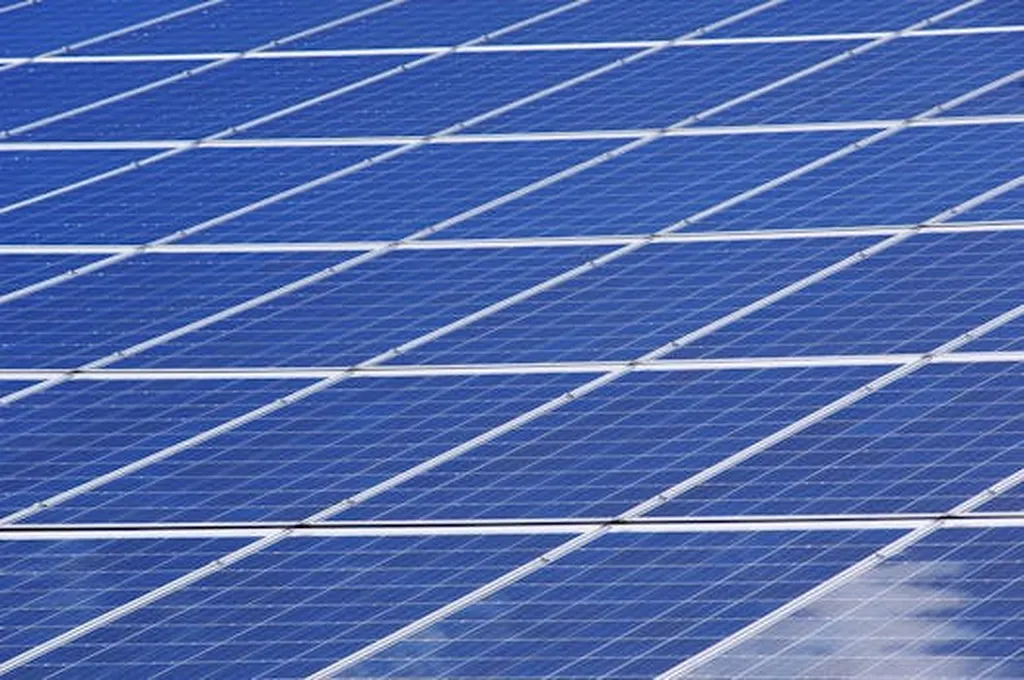In a significant stride towards sustainable energy solutions, researchers have demonstrated a novel approach to solar-powered water splitting using a single light absorber, potentially paving the way for more efficient and cost-effective hydrogen production. The study, led by Jin Hyun Kim from the Laboratory of Photonics and Interfaces at the Ecole Polytechnique Fédérale de Lausanne (EPFL), was recently published in the journal “Natural Communications,” which translates to “Nature Communications” in English.
The research focuses on artificial photosynthesis, a process that mimics natural photosynthesis to convert solar energy into chemical energy. While previous systems required multiple light absorbers to achieve high efficiency, Kim and his team have shown that a single junction solar cell can power an electrolyzer to split water into hydrogen and oxygen. “This is a significant breakthrough as it simplifies the system and reduces the cost,” Kim explained.
The team used a solar cell made of cesium lead bromide (CsPbBr3) with a band gap of 2.3 eV, which can generate an open-circuit voltage larger than 1600 mV. This high voltage is crucial for powering the electrolyzer, which requires a total photovoltage above 1440 mV to split water efficiently. The system achieved a solar-to-hydrogen (STH) efficiency of 1.7%, with the potential to reach up to 5.0% at its operating point.
The implications for the energy sector are substantial. Hydrogen is a clean energy carrier that can be used in fuel cells to generate electricity or as a feedstock for various industrial processes. The current method of producing hydrogen from natural gas is energy-intensive and emits significant amounts of carbon dioxide. In contrast, solar-powered water splitting offers a sustainable and renewable alternative.
Kim’s research suggests that the system could achieve an efficiency of up to 12% in the near future, making it a competitive option for hydrogen production. Moreover, the technoeconomic analysis indicates a modest cost of $5.5 per kilogram of hydrogen, which is comparable to current production methods.
The study also sets a benchmark for future developments in photovoltaic-electrochemical (PV-EC) systems. As Kim noted, “This result demonstrates the prospective on efficiency increment and technoeconomic analysis in the near future.” The simplicity and cost-effectiveness of the single light absorber system could accelerate the adoption of solar-powered water splitting, contributing to a more sustainable energy landscape.
In the broader context, this research highlights the potential of artificial photosynthesis to address energy and environmental challenges. As the world transitions towards renewable energy sources, innovative technologies like the one developed by Kim and his team will play a crucial role in shaping the future of the energy sector.

